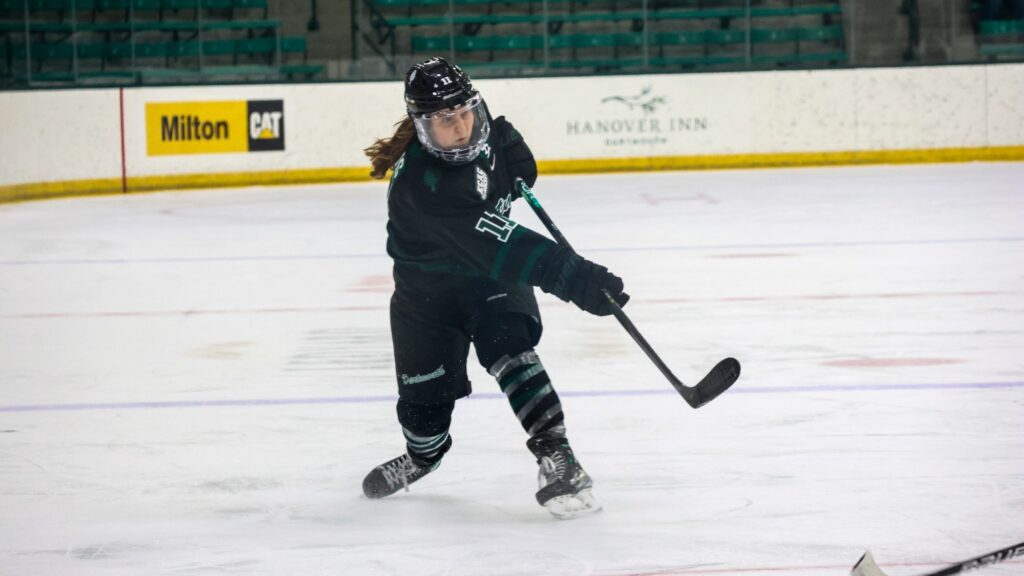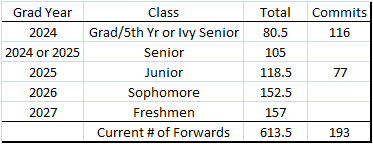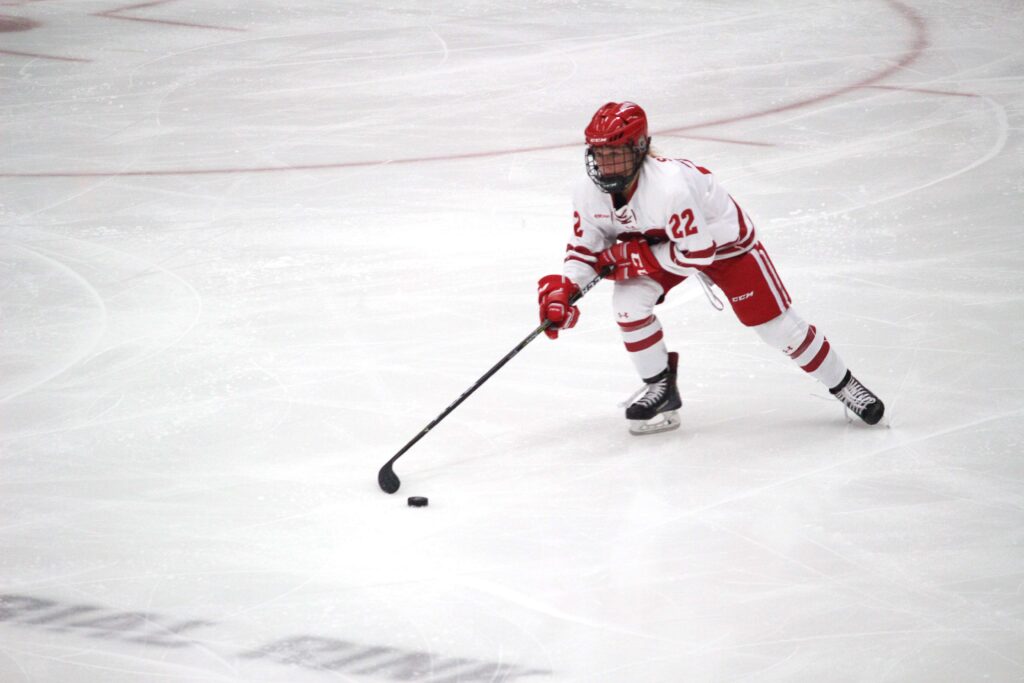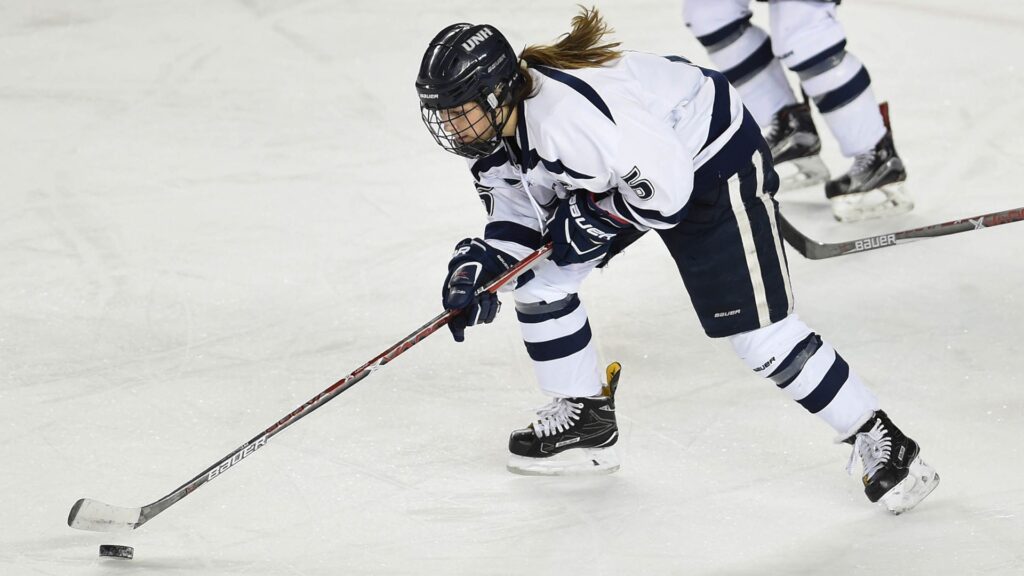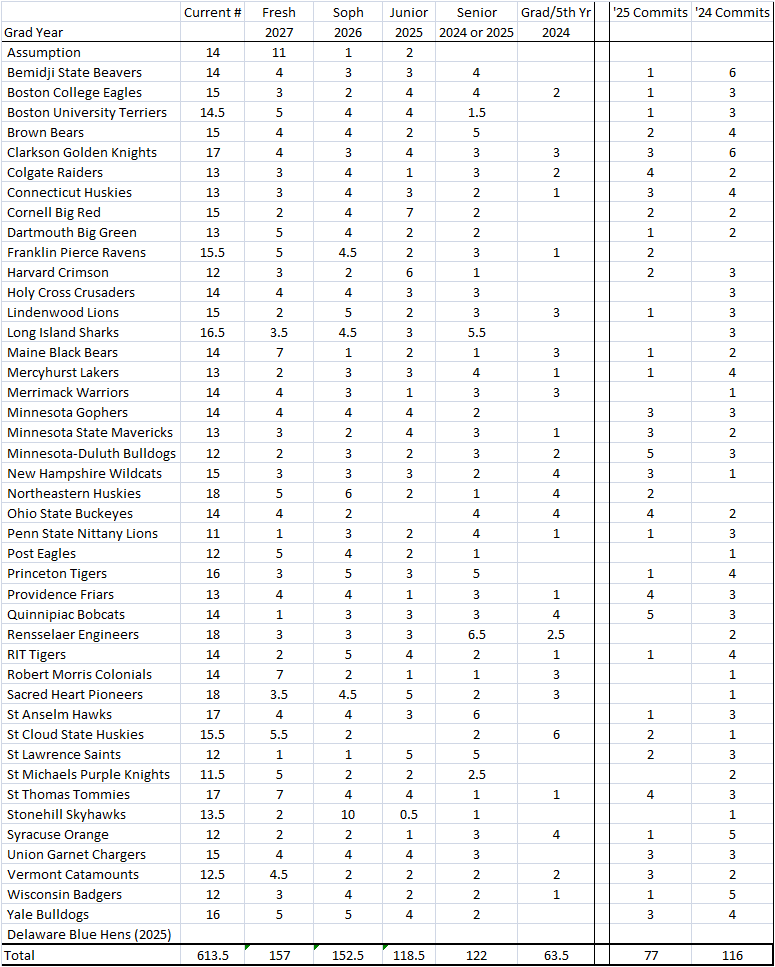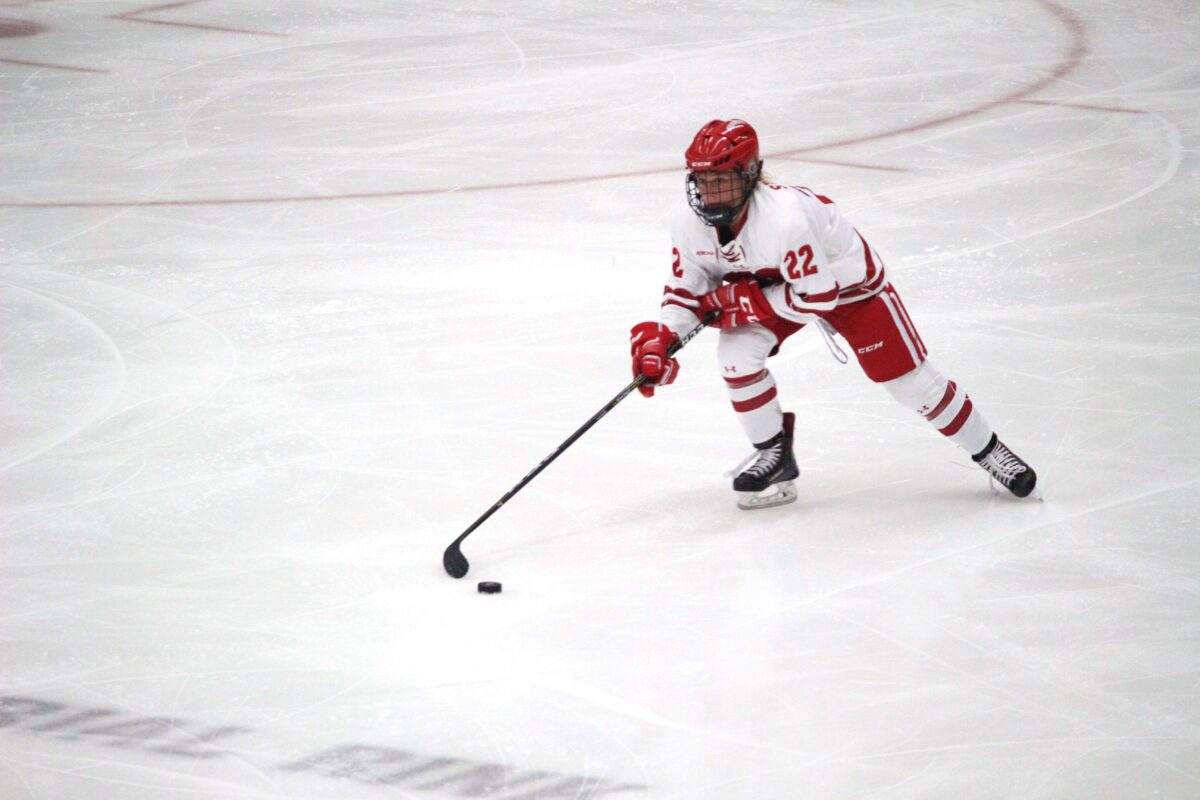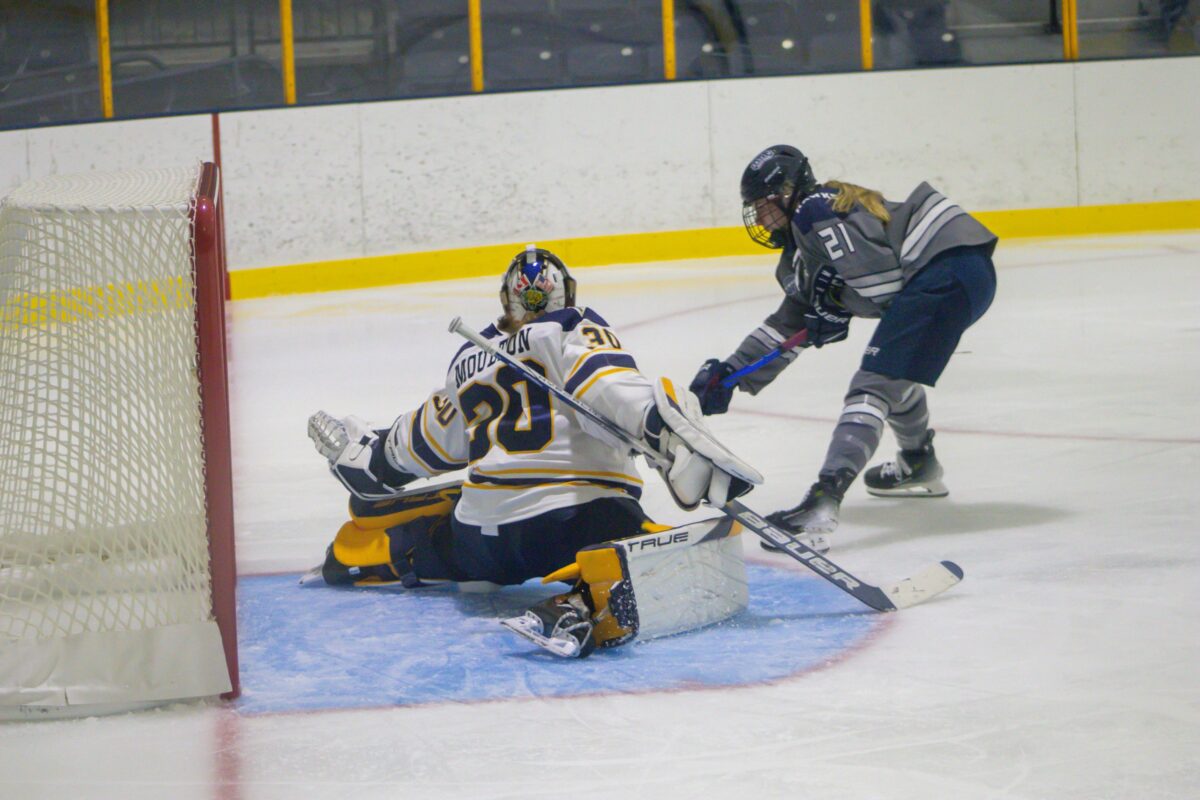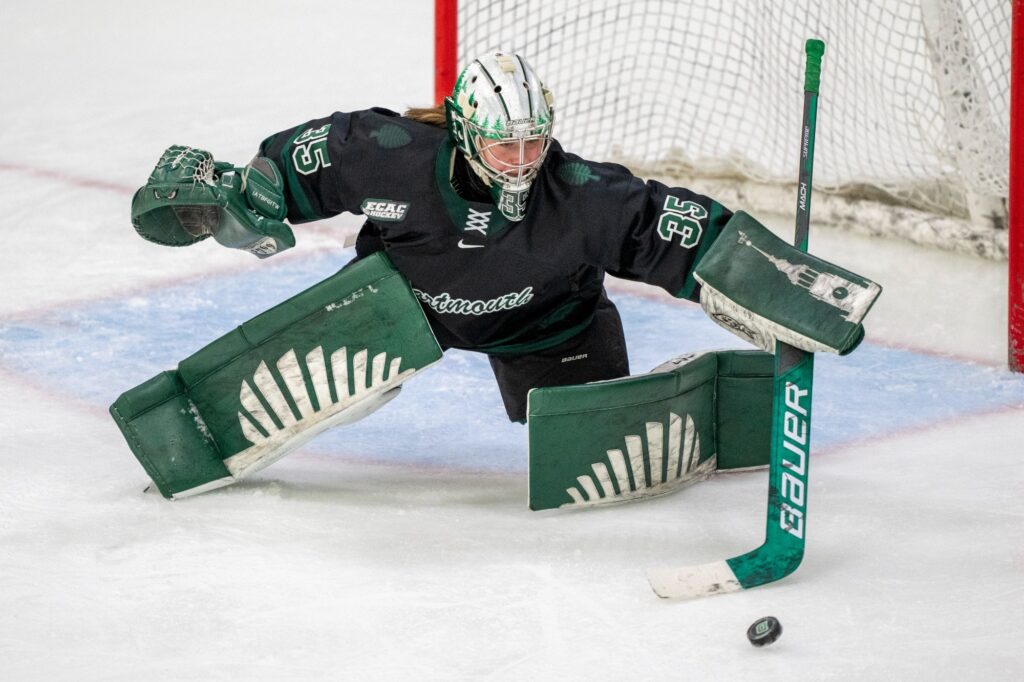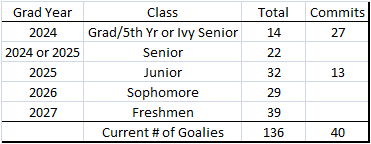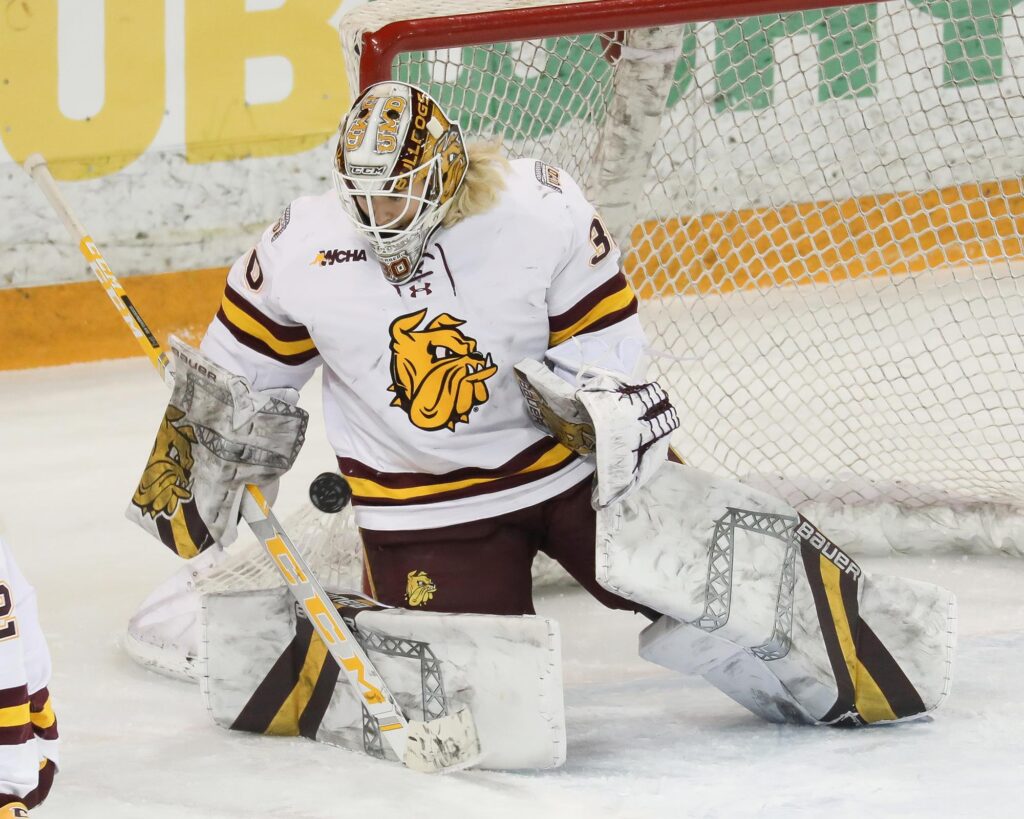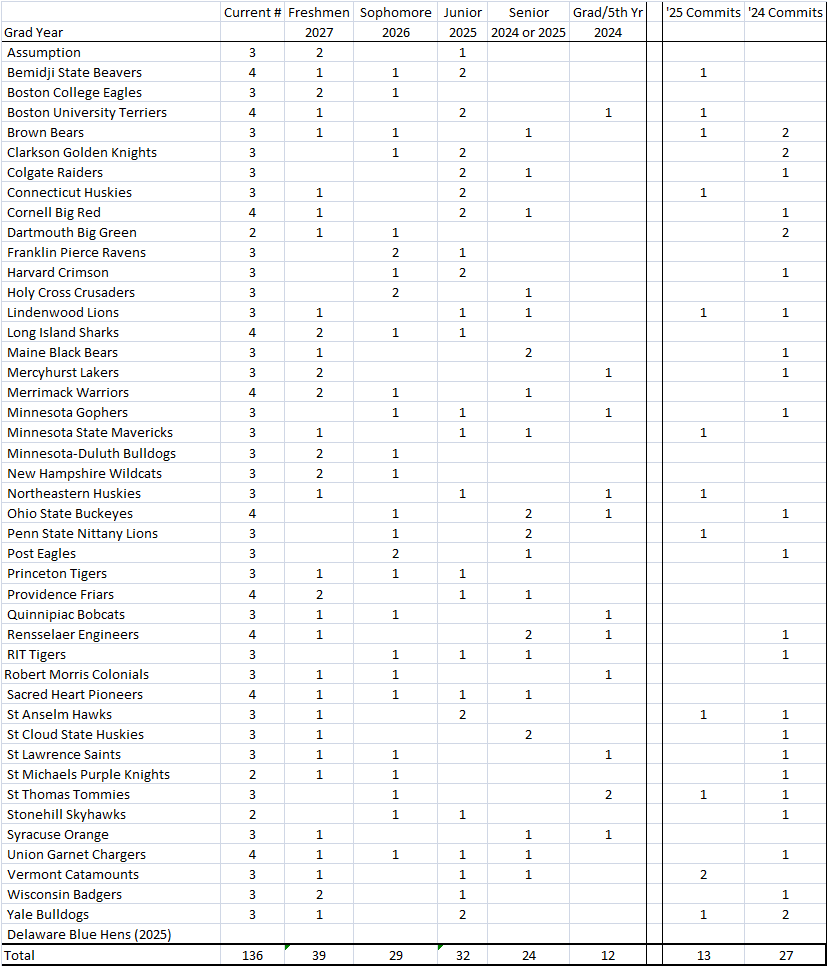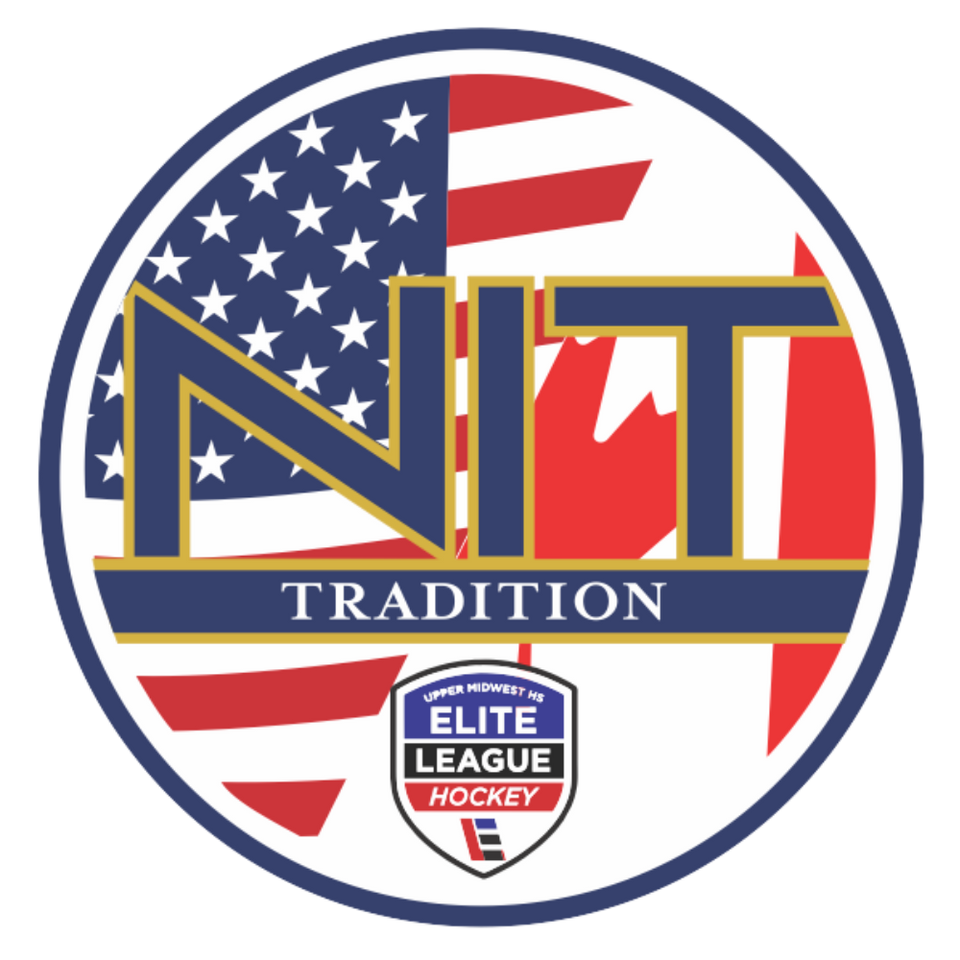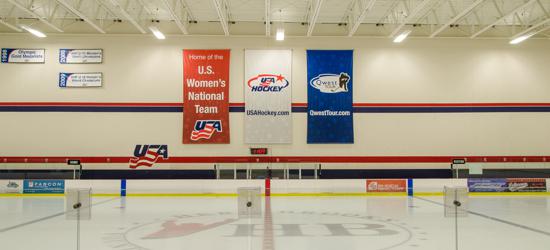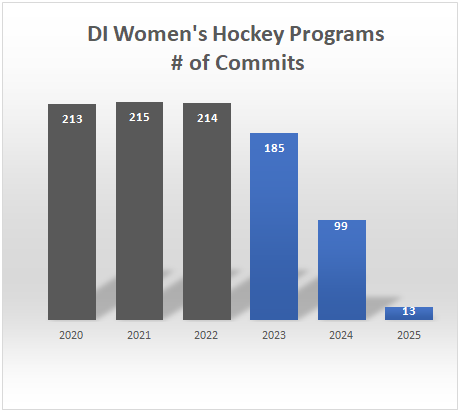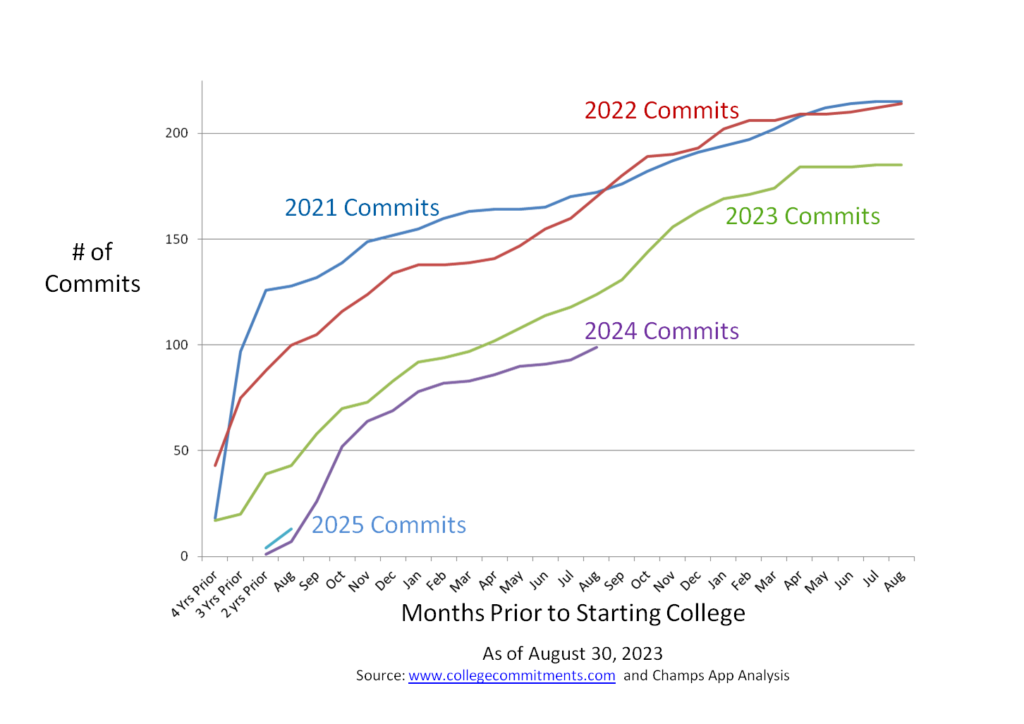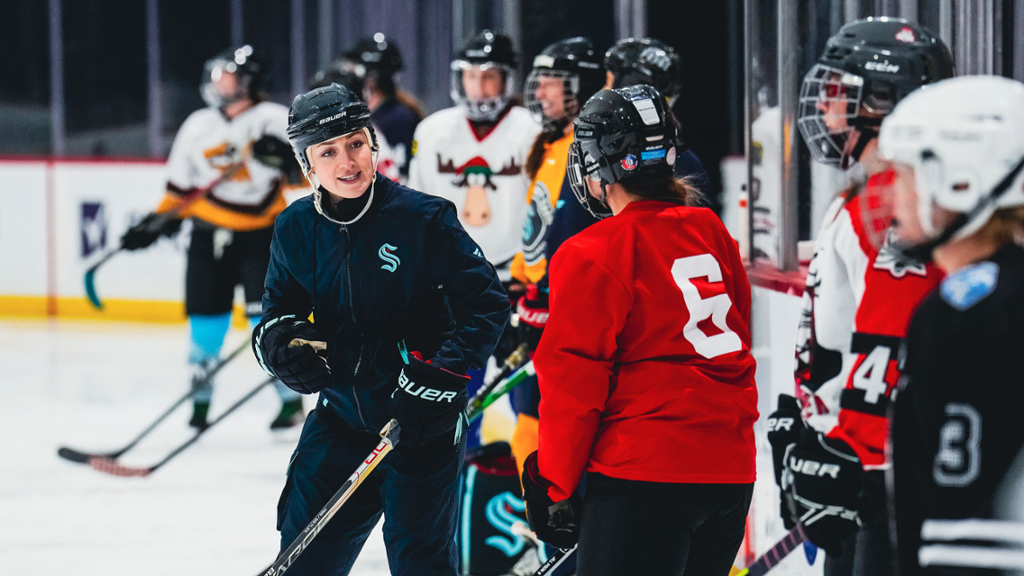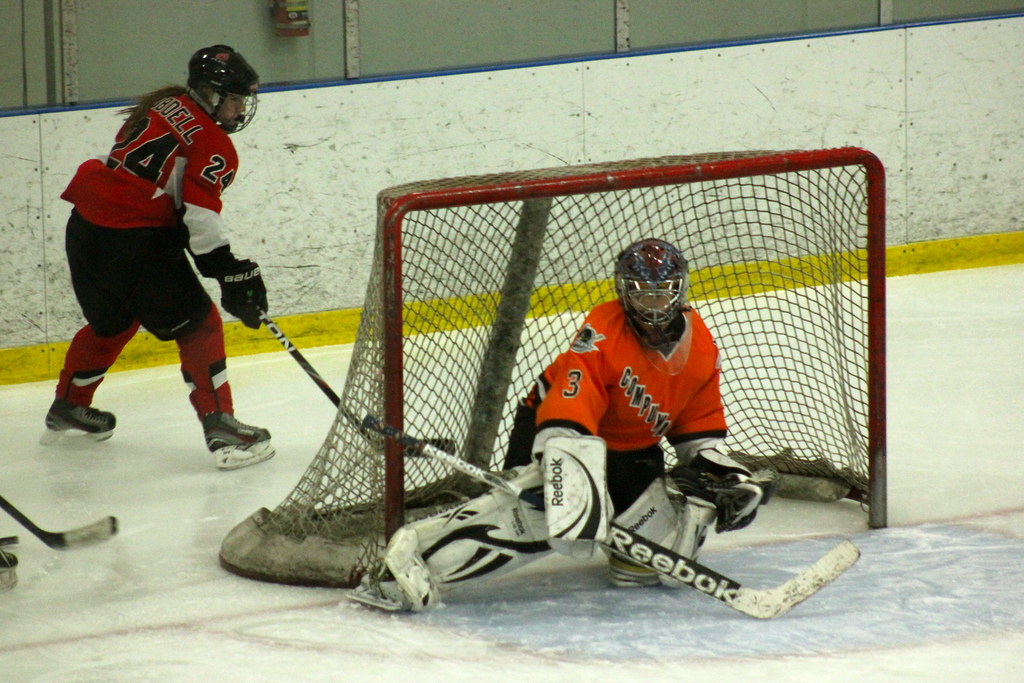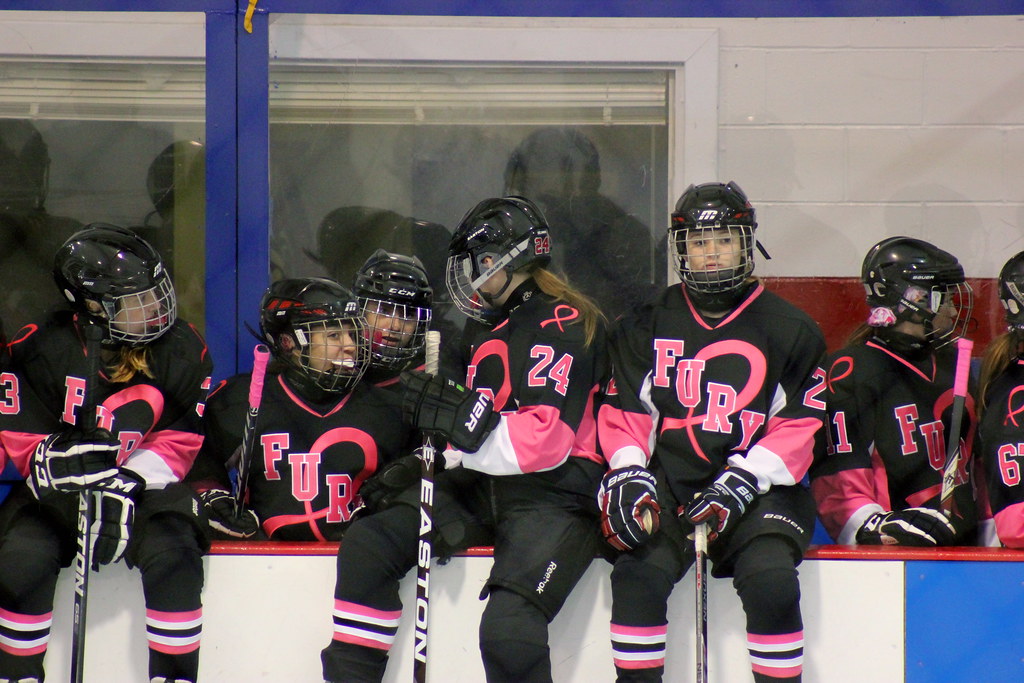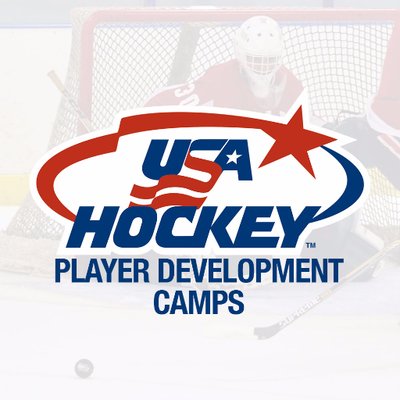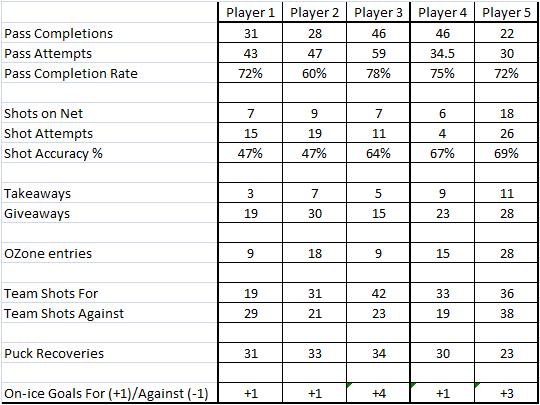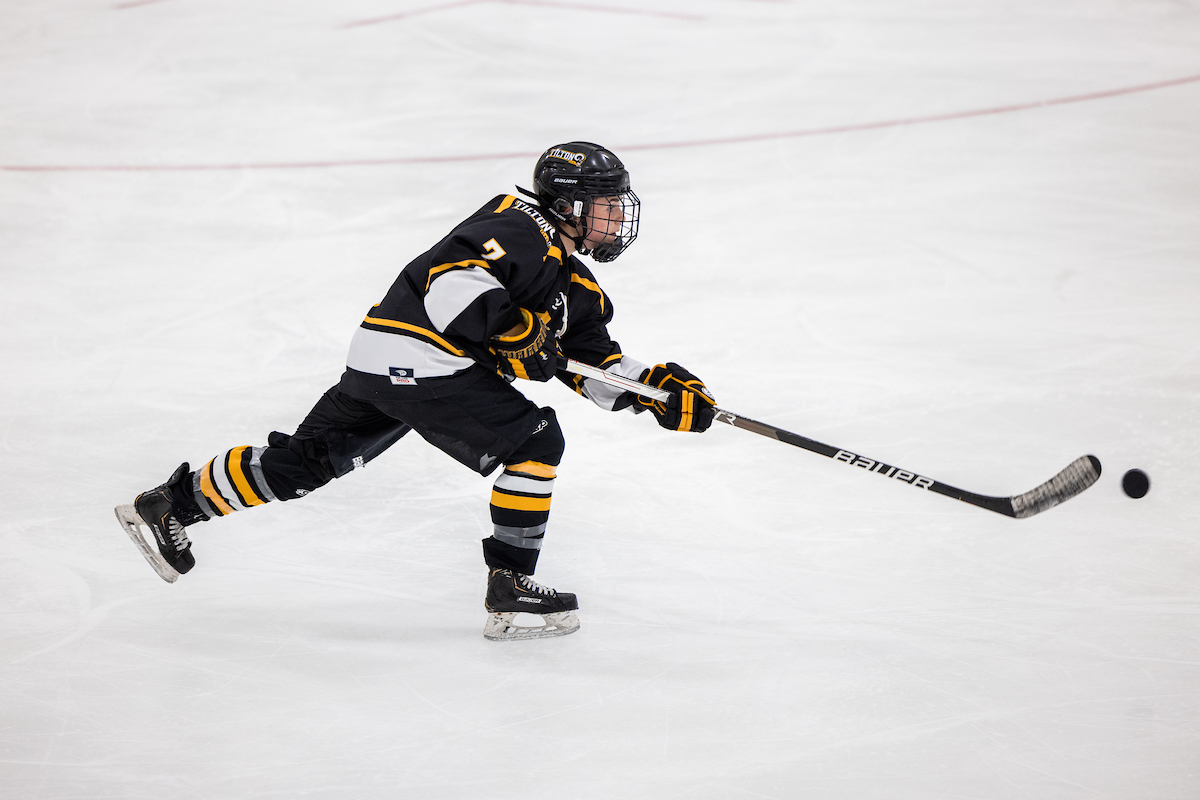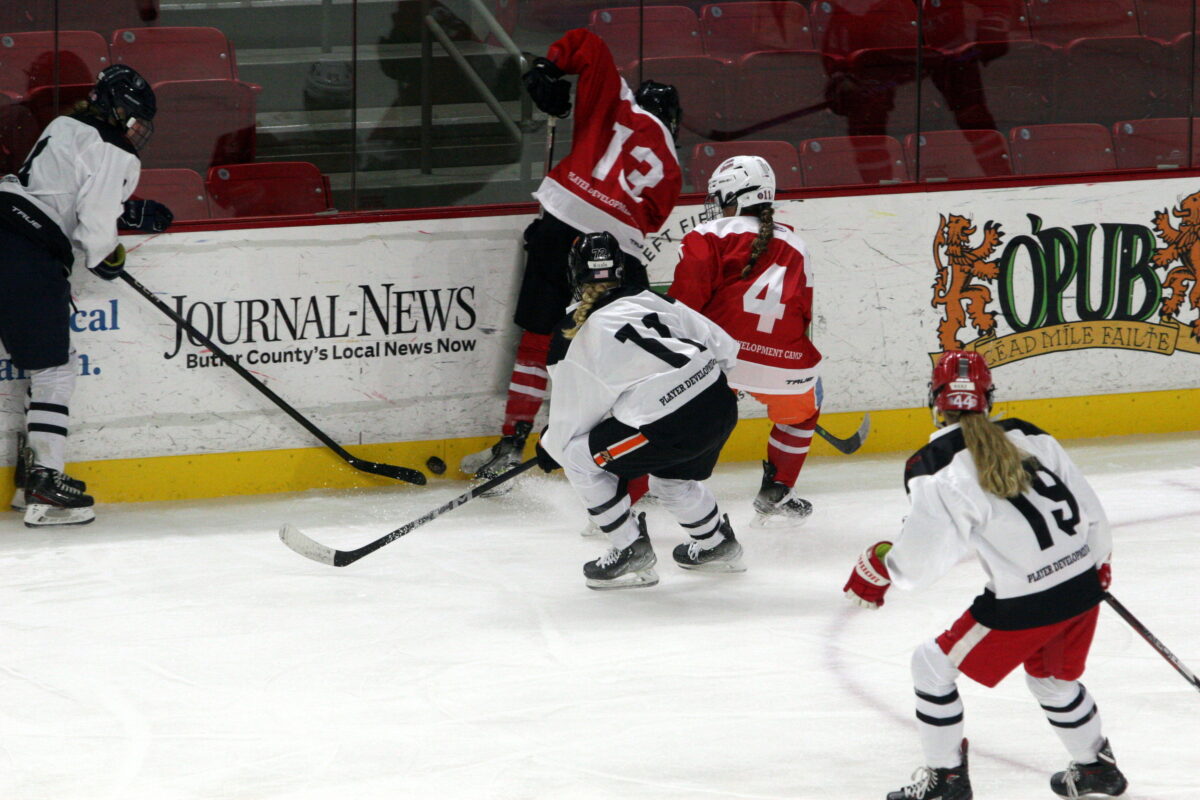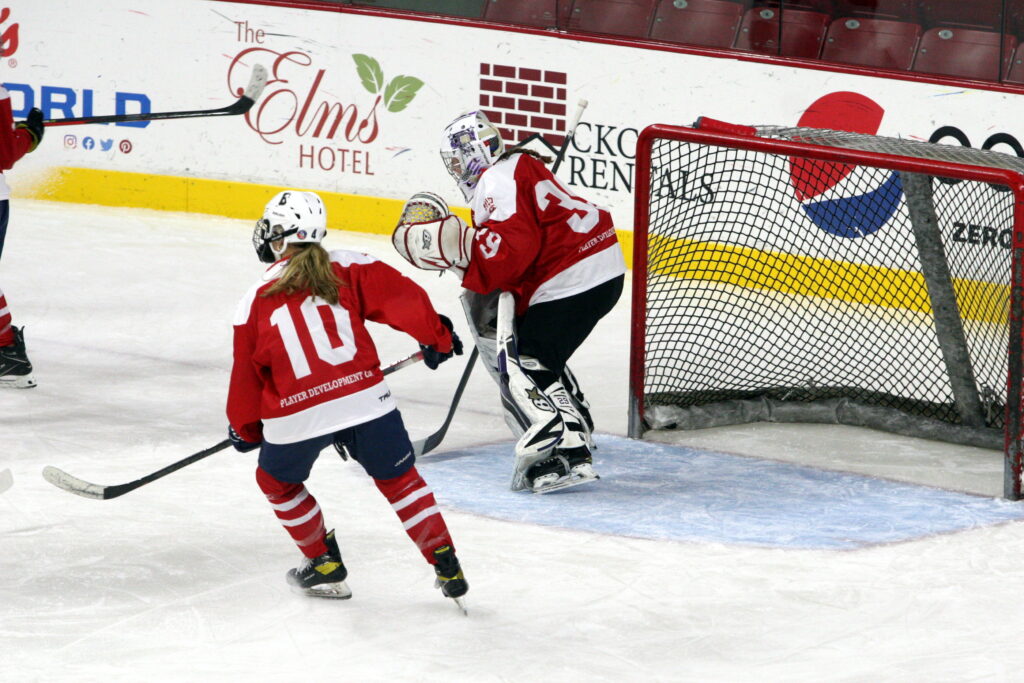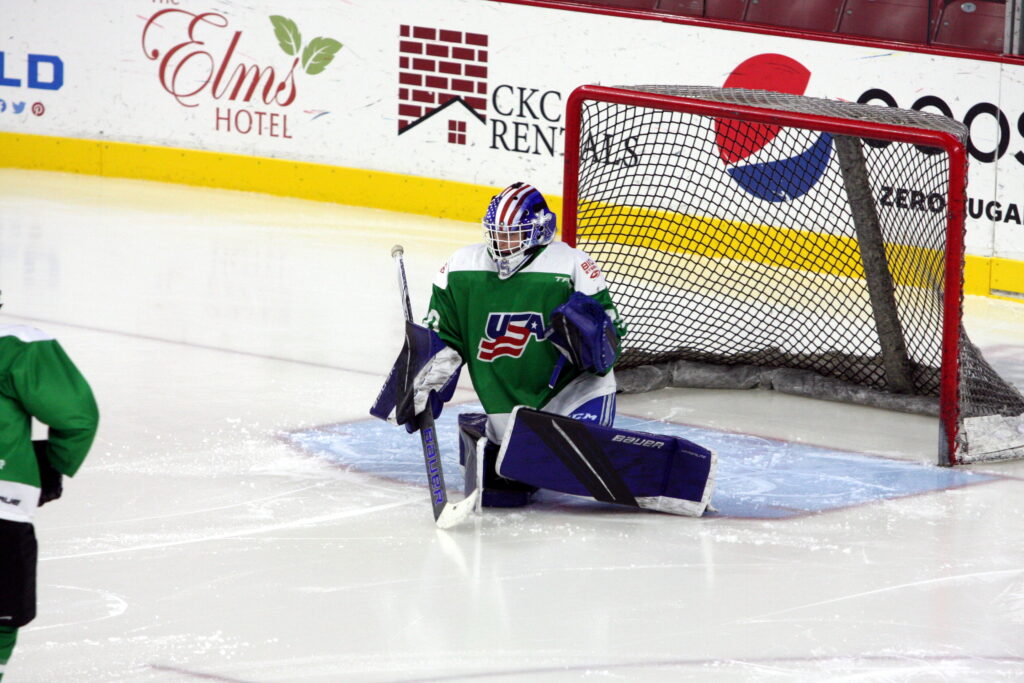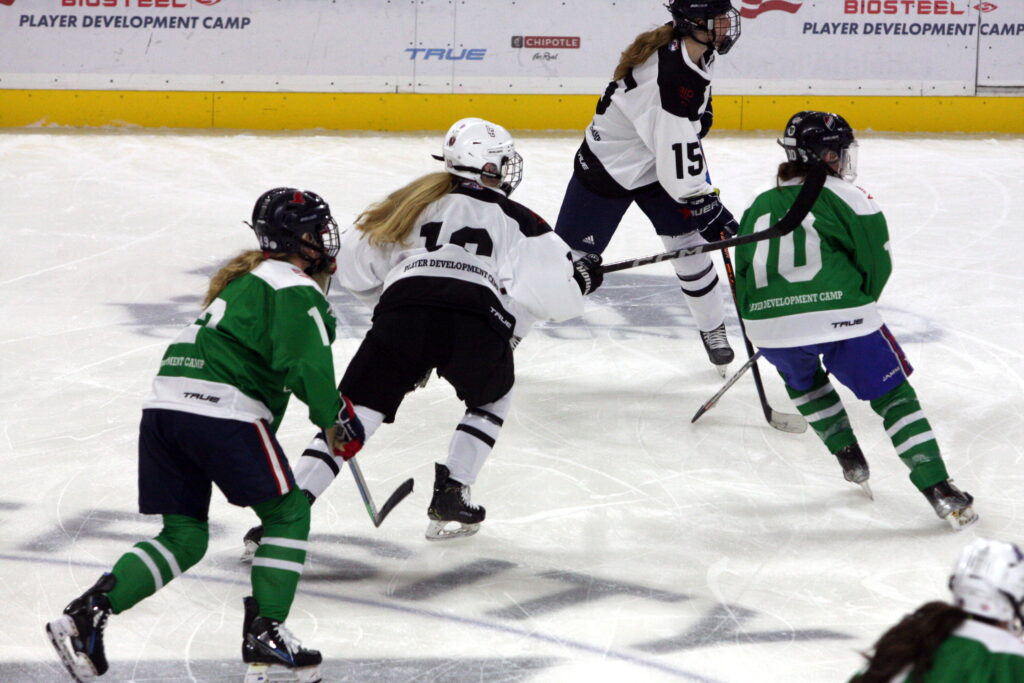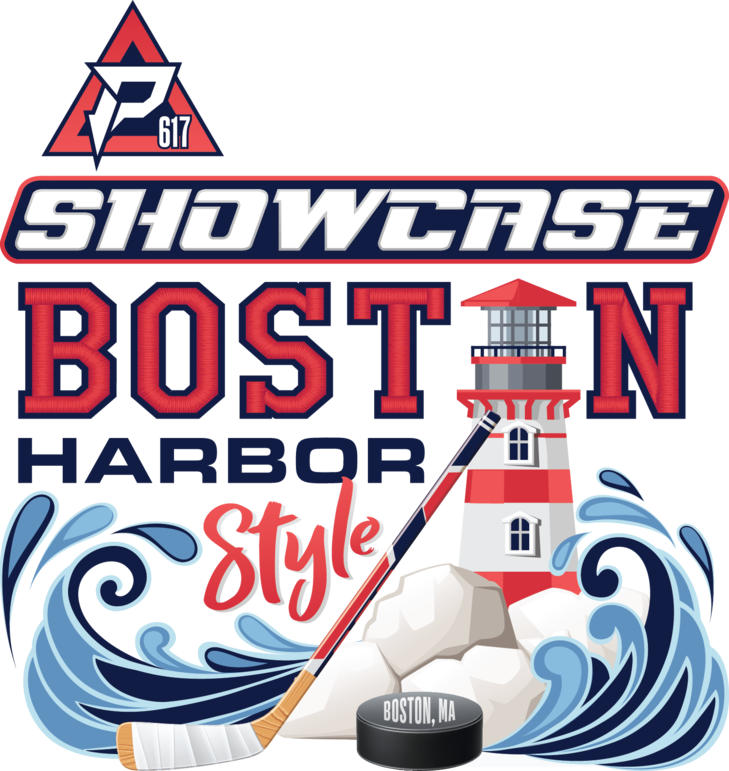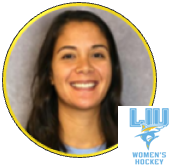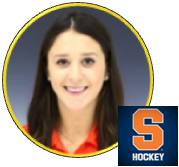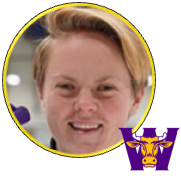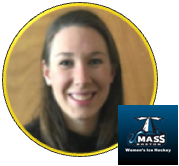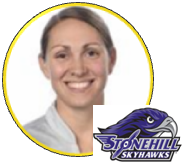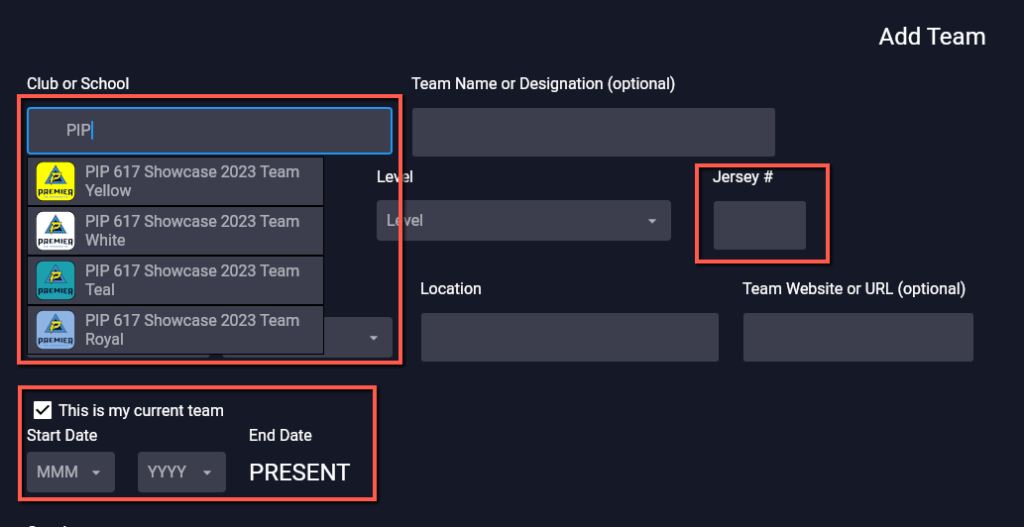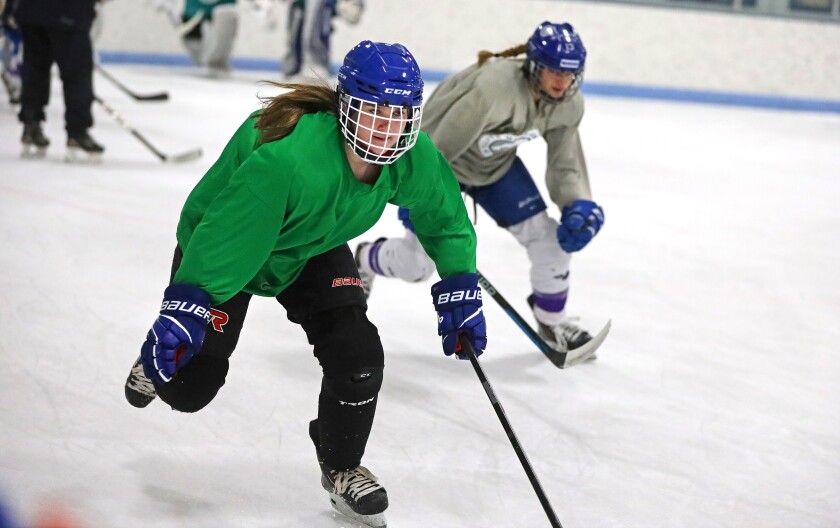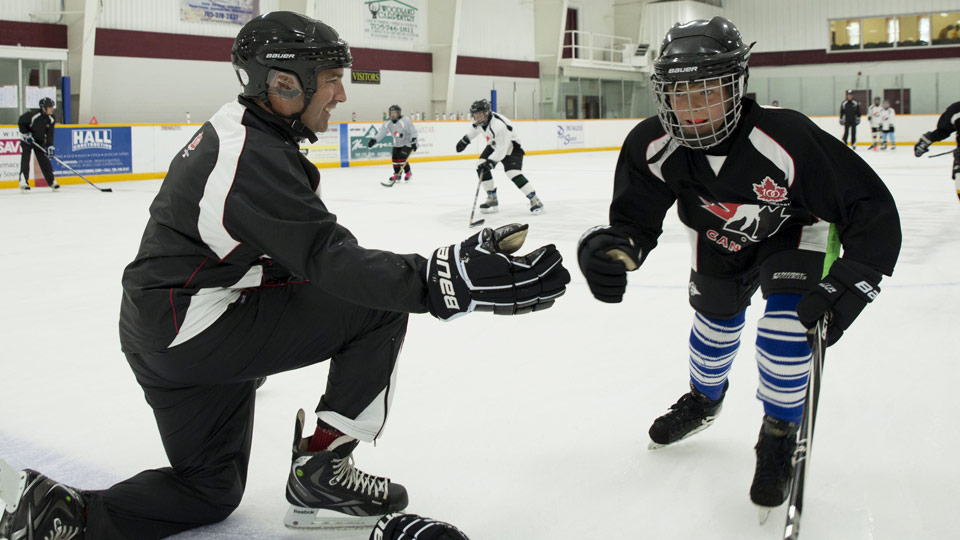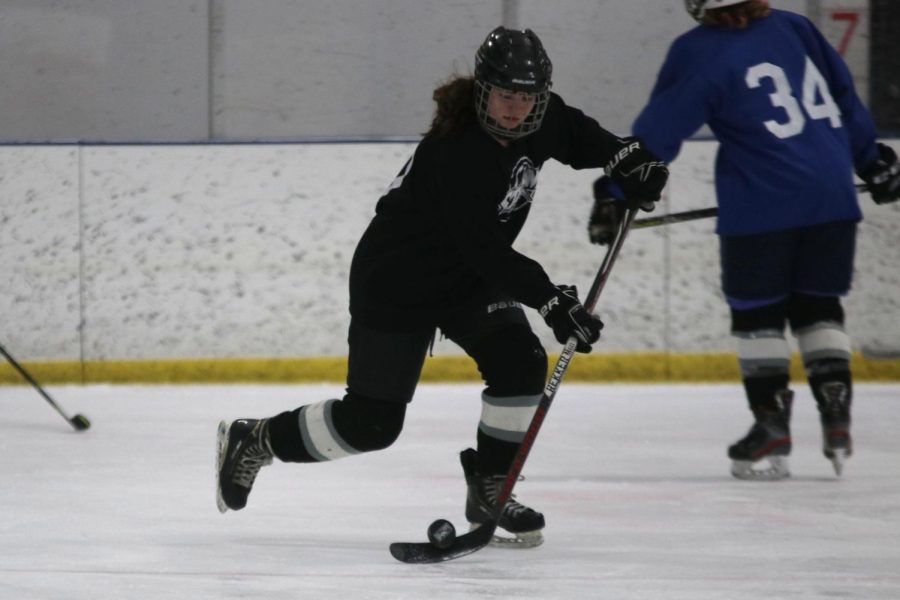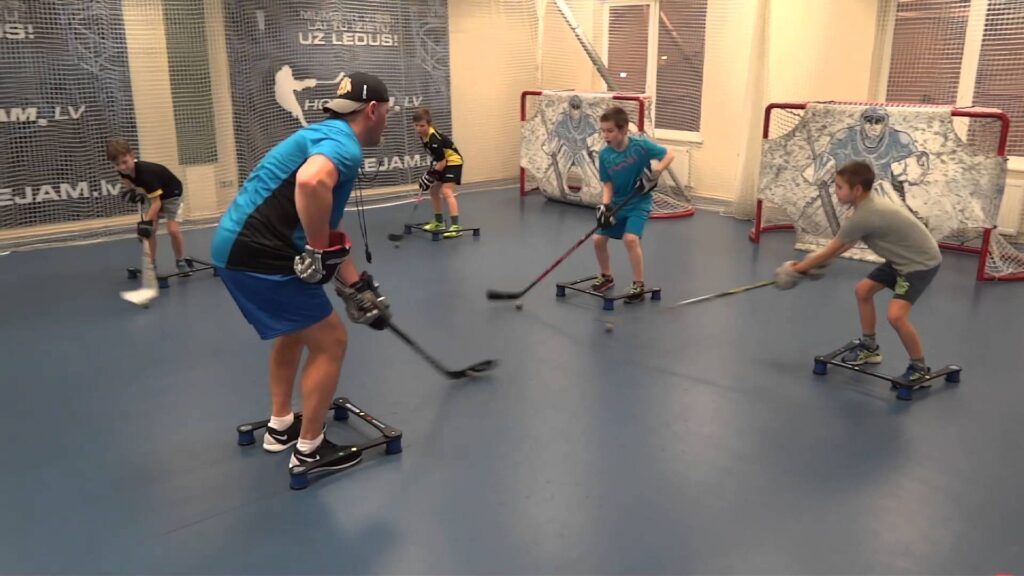This summer, a podcast listener emailed me a simple question. If I was to do it all over again, what path would I recommend a young girl follow if she wanted to play college hockey? Obviously, there is no simple answer or a single path for someone to follow to play high level female hockey. But I thought I would articulate three simple principles I’d recommend and include references to more detailed topics I have covered in the past.
Note: This post focuses primarily on the DI college recruiting process. If a player’s goal is to play other levels of college / university hockey like DIII, CIS or ACHA (club) hockey, you can probably slightly dial down the timing and frequency of the some of the recommendations below.
1. Just Get Good
This is by far the most important principle in this list. At whatever age a player shows a passion for hockey, this is the area to focus on most. I have written several posts on what it takes to become a really good hockey player and this should be the highest priority. In my opinion, this probably should not change until a player stops playing competitive hockey. There are over 2000 girls in each birth year playing a high level of hockey in the U.S. and Canada, but only ~250 spots open on DI rosters every year, the math gets quite easy. A player needs to be in the top 10-15% in order to get an offer from one of those 44 teams.
2. Make Sure You Are Seen
Assuming you are a “good” hockey player. I would recommend that starting at about 14 or 15 years old you play for a team that attends the major girls hockey events that DI college coaches scout. By playing on such a team, there is the obvious benefit of playing with other good players, receiving good coaching and being pushed by your peers. But more importantly, in my experience, knowing that college coaches will be watching you play against top teams and players will help them calibrate you to your peers.
Not everyone agrees with this. Many coaches will say, if you are good enough, schools will find you. This is great in theory, but it is not always true. I know of several really good female hockey players who either played boys hockey, lived in non-traditional markets or played on weak AAA teams who were not regularly seen. The reality is, if you don’t play at high profile tournaments (e.g. USA or Canadian national playoffs & other top in-season tournaments ) or are not selected to attend the U18 national camps you won’t get noticed as easily. So if you aren’t one of the top 30 players in the country, put yourself in the best position to be seen as much as possible.
There is also definitely a bias to regional players for almost all schools. And it is self-reinforcing. This is why you see so many Minnesota players play for Minnesota colleges. And why so many prep players play on the east coast. While there are exceptions, being able to watch local players, having existing relationships with their coaches, players wanting to stay close to home etc. are all factors in their recruiting process. Each of these things make it “easier” for college coaches to find talent that is probably just as good as the harder to find alternatives – and why coaches tend to find fish where they’ve fished in the past. So if you aren’t on a team that is regularly seen by DI schools, the mountain is a little steeper to climb, but not impossible.
Which is why I would recommend for players who aren’t slam-dunk going to play in a Top 10 school, make sure you get seen in the year or two prior to your junior year of high school.
3. Strategically Pick 3-5 Spring/Summer Hockey Events to Attend
Ideally, the older you get, the more you would know how good a player your are relative to your peers. This should then factor into which events to pick after the winter season ends. With a little research you can figure out which ones might fit you level of play. Almost all the showcase organizers are very responsive to answering questions and can give you a feel if your daughter would be a good fit for a specific event.
I would recommend only attending a handful of off-season events (e.g. one per month from April-August). Such as:
- USA Hockey or Hockey Canada national camps (if you are good/lucky enough to be selected)
- Showcases (Premier Ice Prospects, RUSH, NGHL etc.)
- College Camps ( Colgate, and any other school-specific camp that you might be interested in)
- Popular tournaments (e.g. Beantown Classic, Showcase Hockey, Rose Series etc.)
Check out our full year list of girls hockey events.
I think it is hard to justify going to more than 5 events unless they are almost all local (e.g. in the Boston area). The “spray and pray” strategy usually ends up wasting a lot of money. We have talked ad nauseum on the podcast that you don’t need to go to every event. It is both expensive and unnecessary. But having a plan based on a players interest and level of play can deliver a reasonable return on your time and financial investment.
If you are 12 and under, in my opinion, you should be picking events for fun (e.g. a hockey trip to Europe) and maybe a little development. But not for recruiting purposes. You will have plenty of time when you are older to attend events that really matter to college coaches.
Summary
I have intentionally tried to simplify my recommendations on how to navigate the world of girl’s hockey and women’s college recruiting. Player development is most critical. After that, just make sure they are playing at a high level while getting enough visibility. If you follow these principles, everything else should take care of itself.
